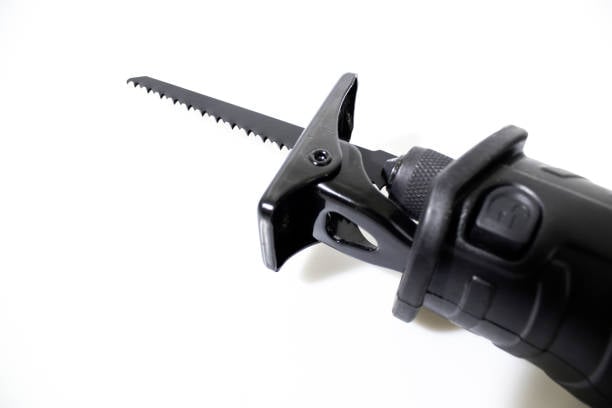Expert Guide: pruning reciprocating saw blades
Overview
Pruning trees and bushes is a necessary task to keep your outdoor space looking neat and beautiful. One of the best tools to use for pruning is a reciprocating saw, but choosing the right blade is just as important. In this expert guide, we will discuss the best pruning reciprocating saw blades and how to use them to achieve the perfect cut every time.
Understanding the Pruning Reciprocating Saw Blade
A pruning reciprocating saw blade is specifically designed for cutting through wood, making it ideal for pruning trees and bushes. The blade features longer teeth, spaced farther apart, and is often narrower than other blades, allowing for better precision and maneuverability.
Types of Pruning Reciprocating Saw Blades
There are several types of pruning reciprocating saw blades available, each with its own unique features and benefits. The most common types include:
- Standard pruning blade: This blade is ideal for general purpose pruning and features larger spacing between teeth for faster and rougher cuts.
- Fine pruning blade: This blade is best for more delicate and precise pruning jobs, with smaller teeth that are spaced close together for smoother cuts with less splintering.
- Specialty pruning blade: These blades are designed for specific tasks such as cutting through thick branches or pruning close to the trunk of a tree.
Choosing the Right Blade for the Job
Choosing the right pruning reciprocating saw blade depends on the job at hand. For general pruning, a standard pruning blade will work fine. For more delicate cuts, a fine pruning blade will be better. And for tougher jobs, such as cutting through thick branches, a specialty pruning blade is the best choice.
Using a Pruning Reciprocating Saw Blade
When using a pruning reciprocating saw blade, make sure to wear protective gear such as gloves and safety glasses. Hold the saw firmly with both hands and apply gentle pressure to the blade as you cut. Keep the blade at a slight angle, and use the teeth to saw back and forth, allowing the blade to do the work.
Maintaining Your Pruning Reciprocating Saw Blade
To keep your pruning reciprocating saw blade in good condition, it is important to clean it after each use. Use a stiff brush to remove any debris or sap, and then wipe down the blade with a cloth. Make sure to store the blade in a dry place to prevent rusting.
Tips for Safe Pruning
When pruning, it is important to follow safety guidelines to avoid accidents. These include:
- Inspect the area for hazards, such as power lines and uneven ground.
- Make sure the blade is securely attached to the saw before using.
- Avoid using the saw on a ladder or other unstable surface.
- Keep your hands and feet away from the blade at all times.
- Turn off the saw and unplug it before changing the blade.
When to Replace Your Pruning Reciprocating Saw Blade
A pruning reciprocating saw blade will eventually wear out over time and will need to be replaced. Signs that it is time to replace your blade include dull teeth, bending, or warping. Make sure to replace the blade with the same type that you were using before.
Conclusion
Choosing the right pruning reciprocating saw blade is essential for achieving the perfect cut every time. By understanding the different types of blades and following safety guidelines, you can safely and easily prune trees and bushes to keep your outdoor space looking beautiful.


